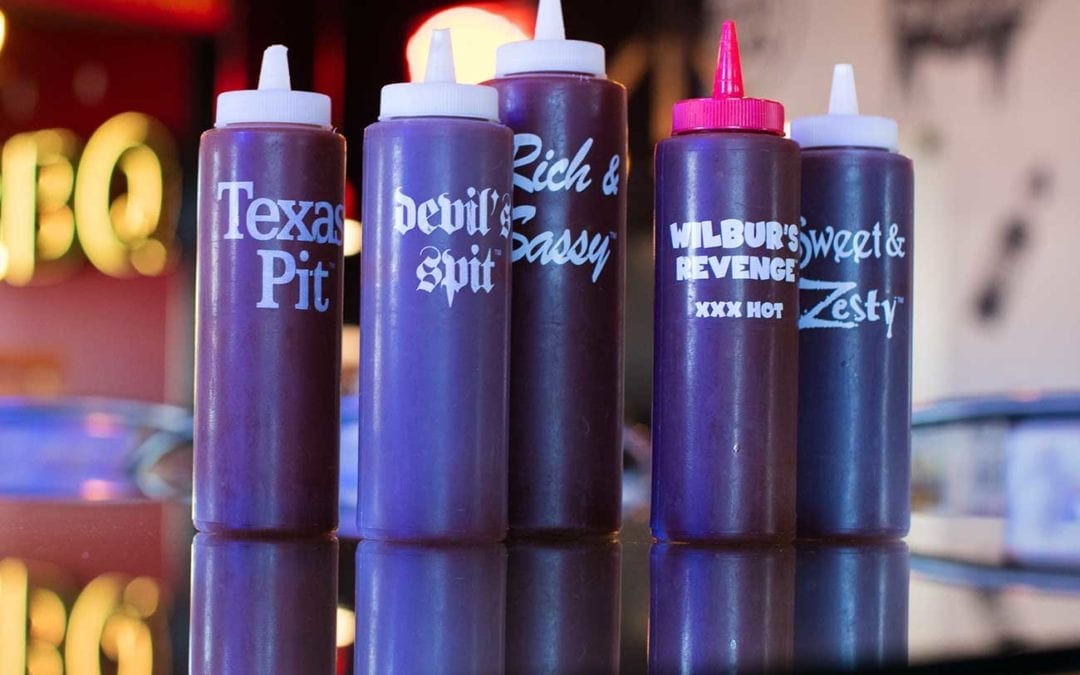Want to participate in a short research study? Help shape the future of investing tools and receive a $20 prize!
Today we’ll evaluate Famous Dave’s of America, Inc. (NASDAQ:DAVE) to determine whether it could have potential as an investment idea. In particular, we’ll consider its Return On Capital Employed (ROCE), as that can give us insight into how profitably the company is able to employ capital in its business.
First of all, we’ll work out how to calculate ROCE. Then we’ll compare its ROCE to similar companies. Finally, we’ll look at how its current liabilities affect its ROCE.
Understanding Return On Capital Employed (ROCE)
ROCE measures the ‘return’ (pre-tax profit) a company generates from capital employed in its business. Generally speaking a higher ROCE is better. In brief, it is a useful tool, but it is not without drawbacks. Author Edwin Whiting says to be careful when comparing the ROCE of different businesses, since ‘No two businesses are exactly alike.’
How Do You Calculate Return On Capital Employed?
Analysts use this formula to calculate return on capital employed:
Return on Capital Employed = Earnings Before Interest and Tax (EBIT) ÷ (Total Assets – Current Liabilities)
Or for Famous Dave’s of America:
0.20 = US$83k ÷ (US$38m – US$9.5m) (Based on the trailing twelve months to September 2018.)
Therefore, Famous Dave’s of America has an ROCE of 20%.
See our latest analysis for Famous Dave’s of America
Does Famous Dave’s of America Have A Good ROCE?
One way to assess ROCE is to compare similar companies. Using our data, we find that Famous Dave’s of America’s ROCE is meaningfully better than the 9.7% average in the Hospitality industry. I think that’s good to see, since it implies the company is better than other companies at making the most of its capital. Separate from Famous Dave’s of America’s performance relative to its industry, its ROCE in absolute terms looks satisfactory, and it may be worth researching in more depth.
In our analysis, Famous Dave’s of America’s ROCE appears to be 20%, compared to 3 years ago, when its ROCE was 3.8%. This makes us think about whether the company has been reinvesting shrewdly.
NasdaqGS:DAVE Past Revenue and Net Income, February 19th 2019
NasdaqGS:DAVE Past Revenue and Net Income, February 19th 2019
When considering ROCE, bear in mind that it reflects the past and does not necessarily predict the future. ROCE can be misleading for companies in cyclical industries, with returns looking impressive during the boom times, but very weak during the busts. ROCE is only a point-in-time measure. What happens in the future is pretty important for investors, so we have prepared a free report on analyst forecasts for Famous Dave’s of America.
What Are Current Liabilities, And How Do They Affect Famous Dave’s of America’s ROCE?
Current liabilities include invoices, such as supplier payments, short-term debt, or a tax bill, that need to be paid within 12 months. Due to the way ROCE is calculated, a high level of current liabilities makes a company look as though it has less capital employed, and thus can (sometimes unfairly) boost the ROCE. To counter this, investors can check if a company has high current liabilities relative to total assets.
Famous Dave’s of America has total assets of US$38m and current liabilities of US$9.5m. As a result, its current liabilities are equal to approximately 25% of its total assets. A fairly low level of current liabilities is not influencing the ROCE too much.
The Bottom Line On Famous Dave’s of America’s ROCE
With that in mind, Famous Dave’s of America’s ROCE appears pretty good. But note: Famous Dave’s of America may not be the best stock to buy. So take a peek at this free list of interesting companies with strong recent earnings growth (and a P/E ratio below 20).
If you are like me, then you will not want to miss this free list of growing companies that insiders are buying.
We aim to bring you long-term focused research analysis driven by fundamental data. Note that our analysis may not factor in the latest price-sensitive company announcements or qualitative material.
If you spot an error that warrants correction, please contact the editor at editorial-team@simplywallst.com. This article by Simply Wall St is general in nature. It does not constitute a recommendation to buy or sell any stock, and does not take account of your objectives, or your financial situation. Simply Wall St has no position in the stocks mentioned. On rare occasion, data errors may occur. Thank you for reading.

Recent Comments